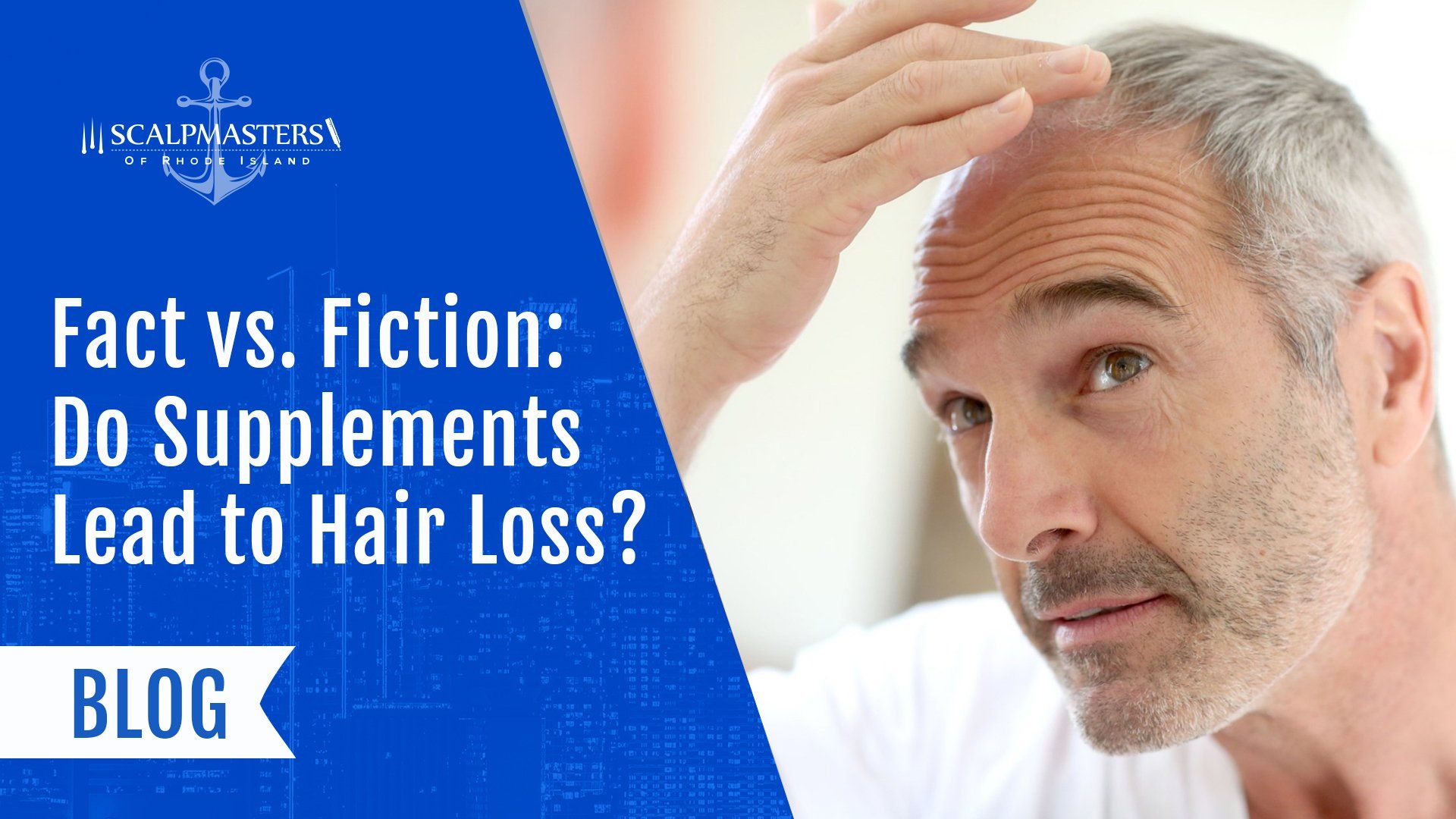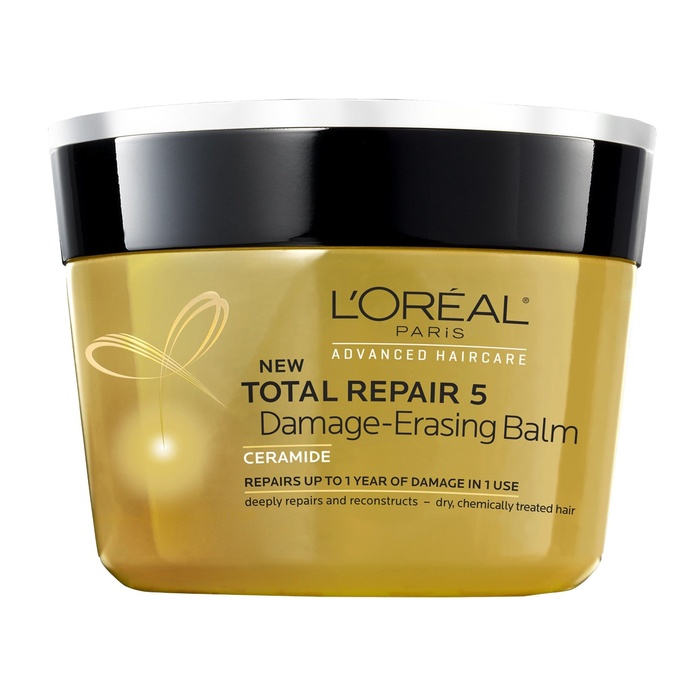Table Of Content

Approximately 20% of affected patients are children.10 The etiology is unknown, but the pathogenesis is likely autoimmune. Patients may have a single episode, or they may have remission and recurrence. Variants in immune-related genes are implicated in frontal fibrosing alopecia. About 8% of cases of FFA are linked to a family history of FFA. In addition, a healthcare provider might recommend forms of light therapy like using the HairMax Lasercomb®. Another FDA-approved laser product is the Theradome LH80 PRO® helmet and low-light laser helmets and caps.
Androgenetic Alopecia Treatments
Unwanted changes to your appearance can influence your self-esteem and social life. Some people find comfort in talking with a mental health professional if their hair loss causes discomfort. Others may find relief in changing their hairstyle or wearing a wig. It’s important to talk to your healthcare provider before starting any form of treatment for hair loss. Some types of treatment aren’t safe to use if you’re pregnant, planning on becoming pregnant or going through menopause. A healthcare provider will do a thorough examination and take a detailed history to understand changes in your hair growth.
Find more top doctors on
A few people who have alopecia areata lose all the hair on their body. When this happens, the disease is called alopecia universalis. Perms, relaxers, and hair dyes may also contribute to damage-induced hair loss. Either an underactive thyroid (a medical condition called hypothyroidism), or an overactive thyroid (hyperthyroidism), can result in hair loss because each condition causes a hormonal imbalance. Autoimmune diseases of the thyroid gland, such as Hashimoto’s thyroiditis and Graves’ disease may also contribute to hair loss, explains the Cleveland Clinic.
Causes by Type of Hair Loss
Certain health conditions raise your risk of both sudden hair loss (like telogen or anagen effluvium) and progressive hair loss (androgenetic alopecia). The SCA group includes inflammatory and neoplastic conditions and physical traumas that usually affect primarily the dermis and cause secondary follicular destruction [9]. While in PCAs the disease directly affects hair follicles, in SCAs they disappear due to secondary reasons. The classification of cicatricial alopecias is summarized in Table I. Studies indicate that this medication is effective in about 40% for women who have female pattern hair loss.
Vitamins, minerals, and hair loss: Is there a connection?
12 expert tips to make your hair grow faster in 2024 - Cosmopolitan UK
12 expert tips to make your hair grow faster in 2024.
Posted: Thu, 14 Dec 2023 08:00:00 GMT [source]
Women may experience hair loss during menopause due to reduced production of the hormones estrogen and progesterone. Menopause usually affects women between the ages of 45 and 55. Alopecia means “hair loss.” There are many different types of alopecia, in addition to androgenetic alopecia. Though hair loss can’t always be reversed, knowing what’s at the root of hair loss is critical in managing it. This article discusses factors that lead to thinning hair or bald spots, who’s at risk, and how to treat it.
How do dermatologists find out what’s causing hair loss?
If you often wear your hair tightly pulled back, the continual pulling can lead to permanent hair loss. These dermatologists' tips tell you how to protect your skin. Both the CDC and the FDA warn against treating this common childhood condition on your own with non-prescription treatments.
Causes and Risk Factors for Androgenetic Alopecia
It’s important to check with a doctor before you take any supplements, because overdoing certain nutrients, such as vitamins A and E, may induce hair loss, Green explains. Current research, such as a study published in the January 2017 Dermatology Practical and Conceptual, doesn’t support the use of dietary supplements for individuals without nutritional deficiencies. For instance, in the case of COVID-19, you may be surprised to learn that stress, rather than the disease itself, can cause hair loss, according to the AAD. The organization notes that hair loss is also typical after a fever or during recovery from illness in general. Other hormonal imbalances can also lead to hair loss, especially the wildly fluctuating hormones that happen following pregnancy and childbirth. Other types of hormone-related conditions may also contribute to hair loss.
Treatments for Anagen and Telogen Effluvium
The medication works by prolonging the growth phase of hair, giving your hair more time to grow out. It’s essential that you not become pregnant while taking spironolactone. To prevent pregnancy, your dermatologist will also prescribe a birth control pill if it’s possible for you to get pregnant. For example, a woman may have had a baby a few months ago, and this may be causing obvious hair shedding. She may also have early hereditary loss, which isn’t so obvious.

The Mediterranean diet is characterized by low amounts of saturated fat, animal protein, and high amounts of unsaturated fat, fiber, polyphenols, and antioxidants. The main nutrients found in the Mediterranean Diet are rich in antioxidant, anti-inflammatory components. It also has an important place in hair loss treatment, since recently treatment strategies have included polyphenols and unsaturated oils more and more frequently. The goal of this work was to review published articles examining alopecia and its types, the many micronutrients that affect alopecia, and the role of the Mediterranean diet in alopecia. The literature shows that little is known about hair loss, nutritional factors, and diet, and that the data collected are conflicting.
Studies indicate that laser therapy is safe and painless but requires many treatment sessions. To see a bit of hair growth, you may need several treatments a week for many months. However, the follicloids do not undergo growth cycles in the same way as normal hair. To reproduce hair cycles, it may be necessary to transplant the hair follicles into living animals. The researchers hope that their cultured hair follicles will be useful for studying the biology of hair growth and pigmentation, and to screen new drugs.
Nonscarring alopecias can be readily diagnosed and treated in the family physician's office. Androgenetic alopecia can be diagnosed clinically and treated with minoxidil. Alopecia areata is diagnosed by typical patches of hair loss and is self-limited. Tinea capitis causes patches of alopecia that may be erythematous and scaly and must be treated systemically. Telogen effluvium is a nonscarring, noninflammatory alopecia of relatively sudden onset caused by physiologic or emotional stress.
For men, deficiencies in zinc, niacin, and protein and excess intake of vitamins A and E have been linked with male pattern baldness and other types of hair loss. Female-pattern baldness typically starts with scalp hairs becoming progressively less dense. Many women first experience hair thinning and hair loss where they part their hair and on the top-central portion of the head.
Dry, broken hair suggests trichorrhexis nodosa, whereas scaling, pustules, crusts, erosions, or erythema and local adenopathy suggest infection. People with the genes for androgenetic alopecia have hair follicles that are more sensitive to the effects of these androgens. This type of alopecia might sometimes be called male- or female-pattern hair loss. Minoxidil (Rogaine) is a topical medication (the type you apply to your scalp) approved by the FDA for female pattern hair loss.

No comments:
Post a Comment